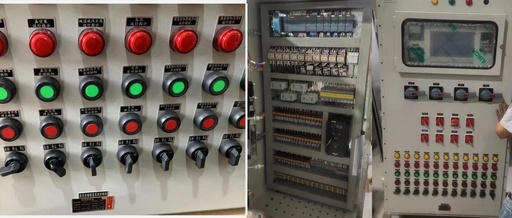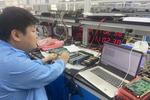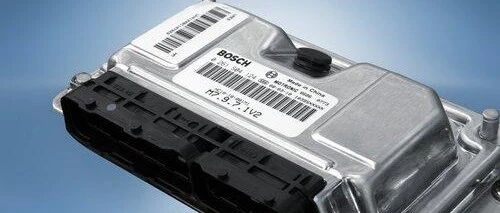The Technical Insider of PLC Programmers: A Deep Dive from Control Cabinets to Industry 4.0
In the field of industrial automation, the role of a PLC programmer is far more complex and critical than it appears on the surface. They are not just code writers, but also architects of industrial control systems, experts in fault diagnosis, and specialists in efficiency optimization. This article will take you into the real working … Read more









